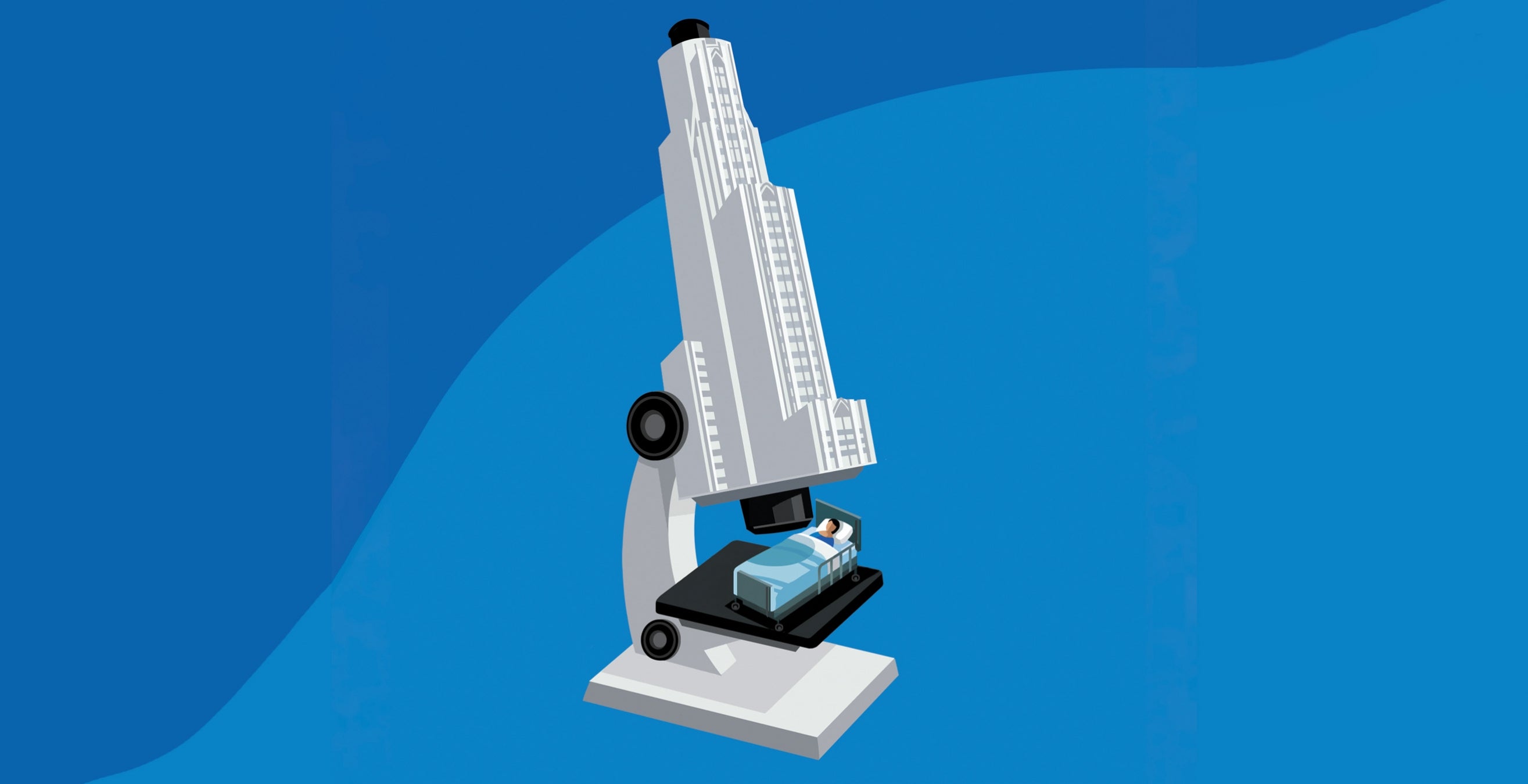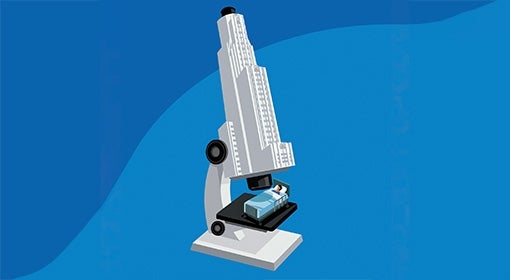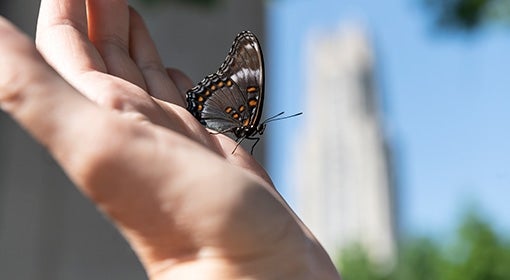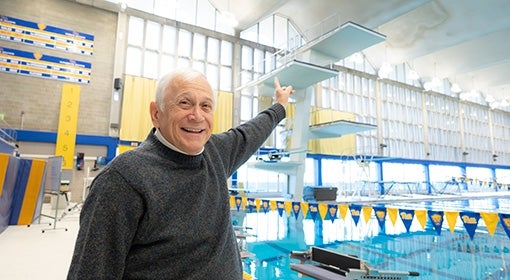With a gloved hand, Isabelle Chickanosky lifts the latch on the rocket-shaped liquid nitrogen freezer. It pops open with a sigh, vapor rising and swirling around her fingers like a ghost set free. She carefully removes a vial of endothelial cells and carries it to the cell culture lab at the back of the room, where Priyasha Itani, an intern and high school student, is waiting with a warm flask of nutrient-dense liquid. It’s time to teach the art of cell culture — or how to grow cells in a lab.
As they work side by side on swiveling stools, the women reflect on their shared experience with a misunderstood disease — endometriosis. It’s what has brought them together in Professor David Vorp’s Vascular Bioengineering Lab in the Swanson School of Engineering.
Endometriosis is a chronic disease in which tissue similar to the kind that lines the uterus grows elsewhere, leading to severe pain, bleeding and sometimes infertility. Though it affects nearly 200 million people worldwide, doctors still aren’t sure what causes it, and it remains notoriously difficult to diagnose. Patients often suffer for years before the disorder is correctly identified and treated.
Chickanosky and Itani know the symptoms well. Itani nearly lost her mother to the disease when she was 6 years old. In 2018, while Chickanosky was studying bioengineering at Carnegie Mellon University, pain rolled through her body with such a fury that she couldn’t run, attend class or, some days, even speak. It took eight months and a laparoscopic surgery for doctors to diagnose her. She decided to confront the disease in the best way she knew how — scientifically.
“I always felt I was losing pieces of myself living with endo,” Chickanosky says. “Now, I’m finally finding them.”
The Vascular Bioengineering Lab — where Chickanosky is a second-year PhD student and Itani interned through the UPMC Academy program — is a curious place to study endometriosis, which is not a vascular disease. But it does rely on the vascular network to spread, much like cancer.
One of the goals of Chickanosky’s research is to figure out how. The opportunity to be mentored by Vorp — who decided to move into this new area of research after seeing his wife, Allison, struggle with the disease for years before diagnosis — and mentor a young scientist like Itani along the way was a bonus.
So, for seven weeks last summer, she and Itani watched as their cultured cells responded to an estrogen-rich environment. They found — as they had hypothesized — that increased estrogen can stimulate growth and intensify the symptoms of endometriosis. That discovery not only provided a framework for Chickanosky’s future research, but it also took Itani to San Antonio, Texas, where she presented their results in a highly selective high school poster competition at the Biomedical Engineering Society Annual Meeting.
A proud and awed Chickanosky snapped photos as her mentee confidently described their work to seasoned scientists. And she thought back to those early days in the lab, talking about the scars endometriosis left on their lives. Chickanosky had always been reluctant to reveal her diagnosis, afraid her passion could be mistaken for clouded judgment. But Itani’s openness convinced her she’s a better scientist for knowing what patients experience.
“I hoped I would end up teaching Priyasha something,” Chickanosky says. “I didn’t realize how much I would gain from listening to her perspective.”
This story was published on May 3, 2023. It is part of Pitt Magazine's Spring 2023 issue.





